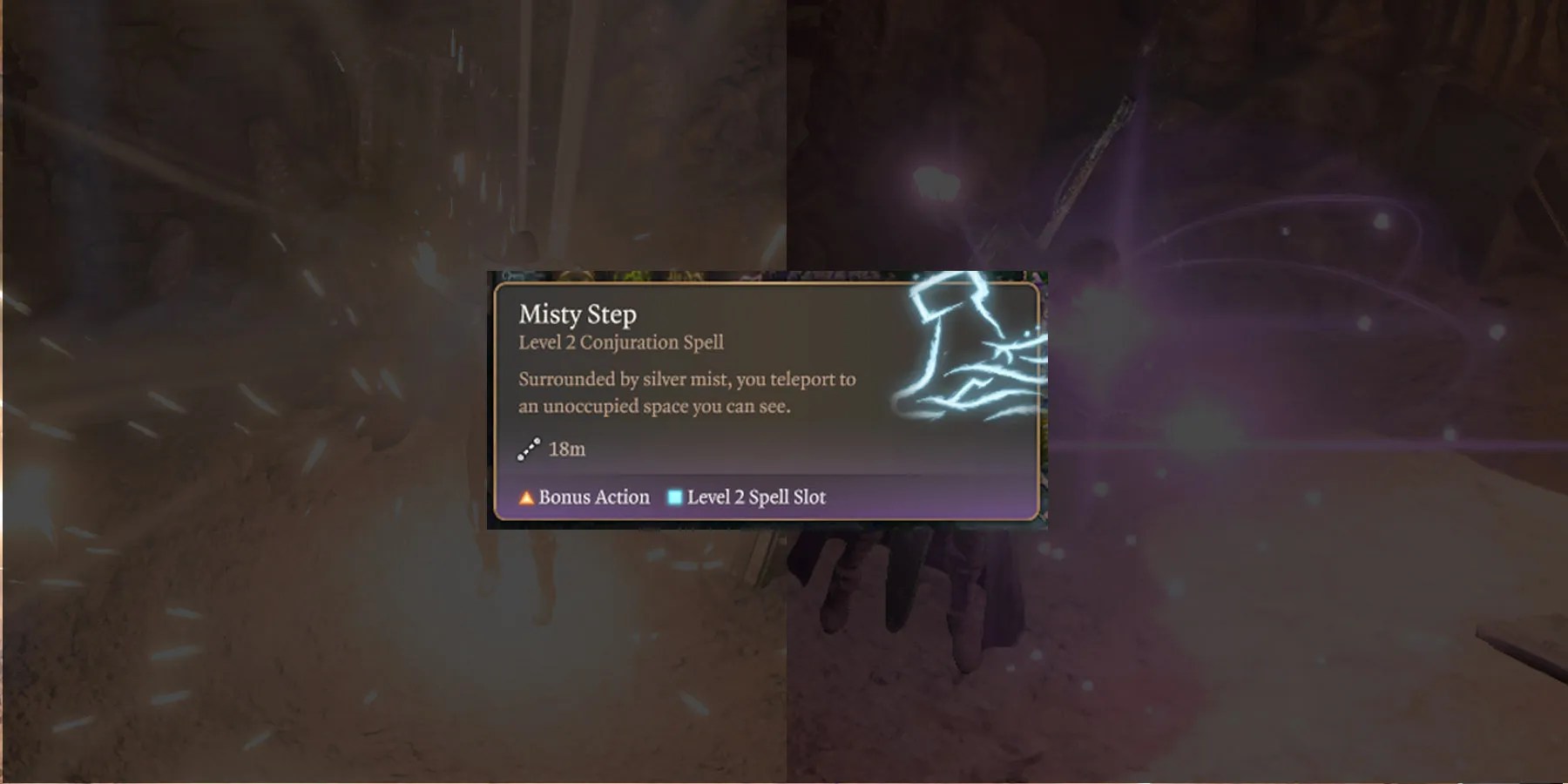Summary
Spells form the crux of a spellcaster’s arsenal inDungeons & Dragons, withBaldur’s Gate 3pushing magic to its limits with exploitable environments and highly fluid combat and narrative scenarios. For players who don’t feel like blasting their way through opponents, selecting spells from theConjurationSchool might be the strategy that works for them.
RELATED:Baldur’s Gate 3: Strongest Companions, Ranked
InBaldur’s Gate 3and its source materialD&D, the Conjuration School deals with magic that directly ties into summoning objects and even creatures to do one’s bidding. With even a single Familiar being able to help players in both combat and exploration, what Conjuration spells work best in one’sBaldur’s Gatearsenal?
10Heroes’ Feast (6th-Level)
Hit Points remain crucial to a character’s survivability inBaldur’s Gate 3, especially when a low-AC character like a spellcaster will likely get hit by enemy attacks. While Temporary HP can give characters a “shield” of sorts, boosting Hit Point total can make all the difference in a tough fight. This is whereHeroes’ Feastcomes in, a costly 6th-Level Conjuration spell that can give its users a massive survivability boost.
When used, Heroes’ Feast can accommodate up to 12 individuals and give access to 2d10 more Maximum HP. Not only that, but partakers also gain immunity to Poison and cure all diseases. Since Heroes’ Feast increases Maximum HP, players can bolster this buff with abilities that boost Temp HP.

9Dimension Door (4th-Level)
Havingthe means to run away from combat is a lifesaverin the more challenging encounters ofBaldur’s Gate 3, withDimension Doorbeing one of the most reliable mobility spells in the game. Unlike other mobility options such as Jumping, Dimension Door doesn’t have constraints such as distance and accessibility. With this spell, spellcasters take themselves and one adjacent ally to any space they can see.
This spell makes Dimension Door quite the efficient means of escape in combat, especially at times when the spellcaster has just helped an ally but has no means of fighting an overwhelming enemy force.

8Find Familiar (1st-Level)
Even a creature with 1 HP who can attack can potentially turn the tide of battle in a problematicBaldur’s Gate 3encounter. And with players almost always outnumbered in the RPG’s fights,a helping handthroughFind Familiarcan give them an advantage in overall DPS. Find Familiar provides a host of animals (for the Wizard) and uncanny creatures (for the Warlock) that they can summon as a Familiar with a default attack, a potential unique ability, and movement options.
Despite their lack of firepower and HP, Familiars can serve as scouts to check locations ahead of time and even detect traps for players. They may even get a glimpse of potential combat areas, giving players some idea of how to position the rest of the party when they arrive.
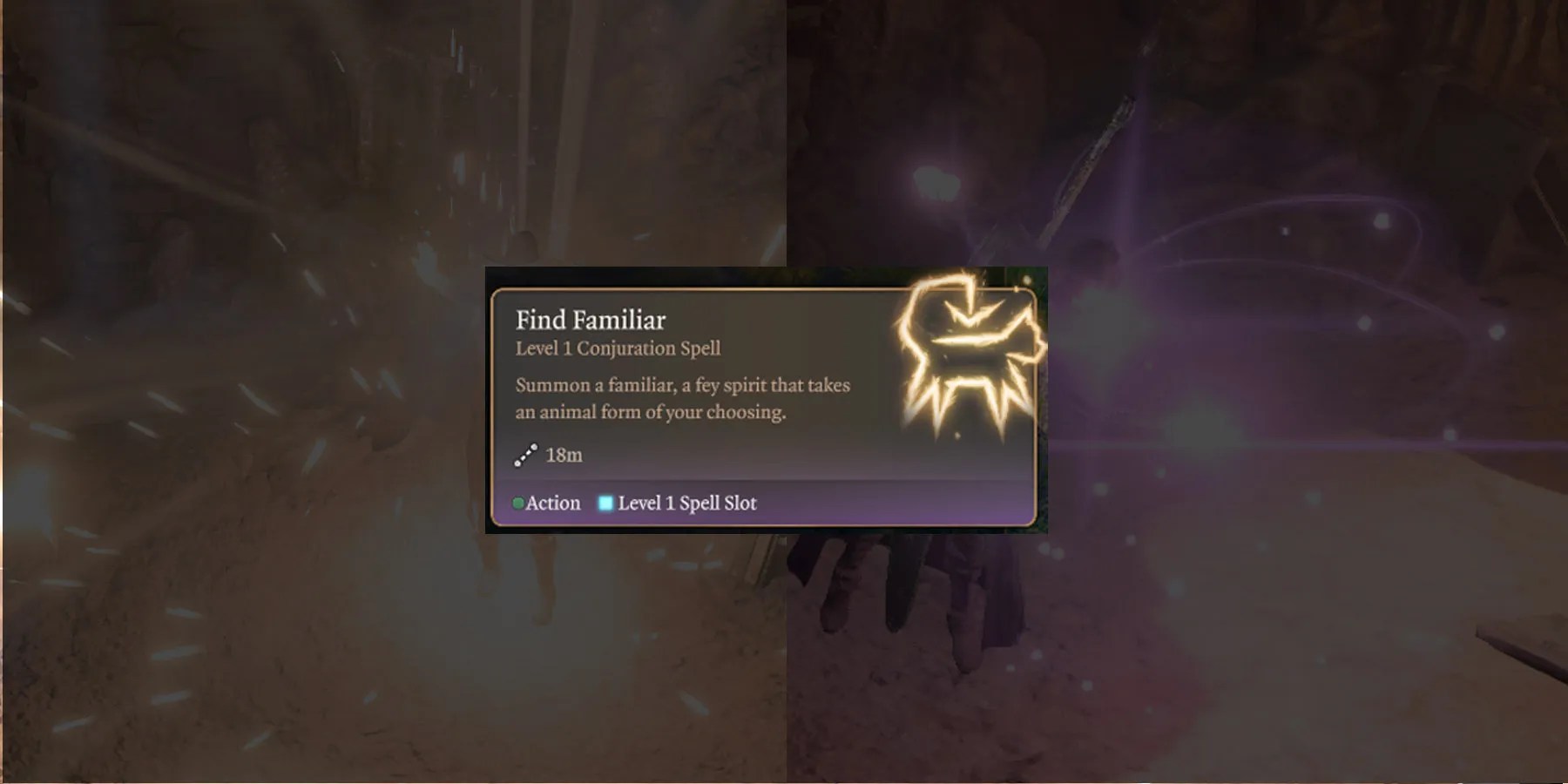
7Arms Of Hadar (1st-Level)
Opportunity Attacks are perhaps the most popular Reactions inBaldur’s Gate 3playthroughs, allowing players and enemies to attack opponents trying to move out of direct melee range. Enemies can down players with the right Opportunity Attack, with all their Actions still intact the next turn. WithArms of Hadar, players fight this fire with eldritch energies despite beinga low-level spell.
RELATED:Baldur’s Gate 3: Most Common Mistakes Everyone Makes
When cast, Arms of Hadar will attack a cluster of enemies with tendrils of dark energy. If targets fail a STR Save, they get 2d6 Necrotic Damage, and their Reactions are disabled until their next turn. This can give Warlocks and nearby allies room to retreat without risking Opportunity Attacks, which cost Reactions.
6Web (2nd-Level)
Surfaces become an integral part ofBaldur’s Gate 3combat, especially when players not only damage opponents with the right surfaces but can dip their weapon for a free damage type upgrade and even throw explosives to increase their DPS. These benefits make surface-creating spells quite popular among players, withWeba must-have for players who want to hit multiple effects at once.
Web not only creates webbing that slows down enemies, but the surface also has a chance of trapping enemies inside via the Enweb status. Moreover, the webbing itself is flammable,allowing players to cause an explosionshould they decide a fire surface is more useful than the Web’s initial difficult terrain.

5Call Lightning (3rd-Level)
Spell Slots remain a crucial resource for any spellcaster, especially since the flexibility of theirBaldur’s Gate 3spell performance depends on the spells they can cast based on this limit. Despite the costly 3rd-Level Spell Slot requirement ofCall Lightning, its subsequent effect can make itquite the deadly AOE spell.
When cast, Call Lightning will cast down powerful lightning in an area, forcing everyone in range to make a DEX Save or get hit with 3d10 Lightning Damage. What makes Call Lightning worth the cost is its effect, wherein its caster has 10 turns of casting Call Lightning for free, essentially giving them a free 3d10 Lightning Damage attack.
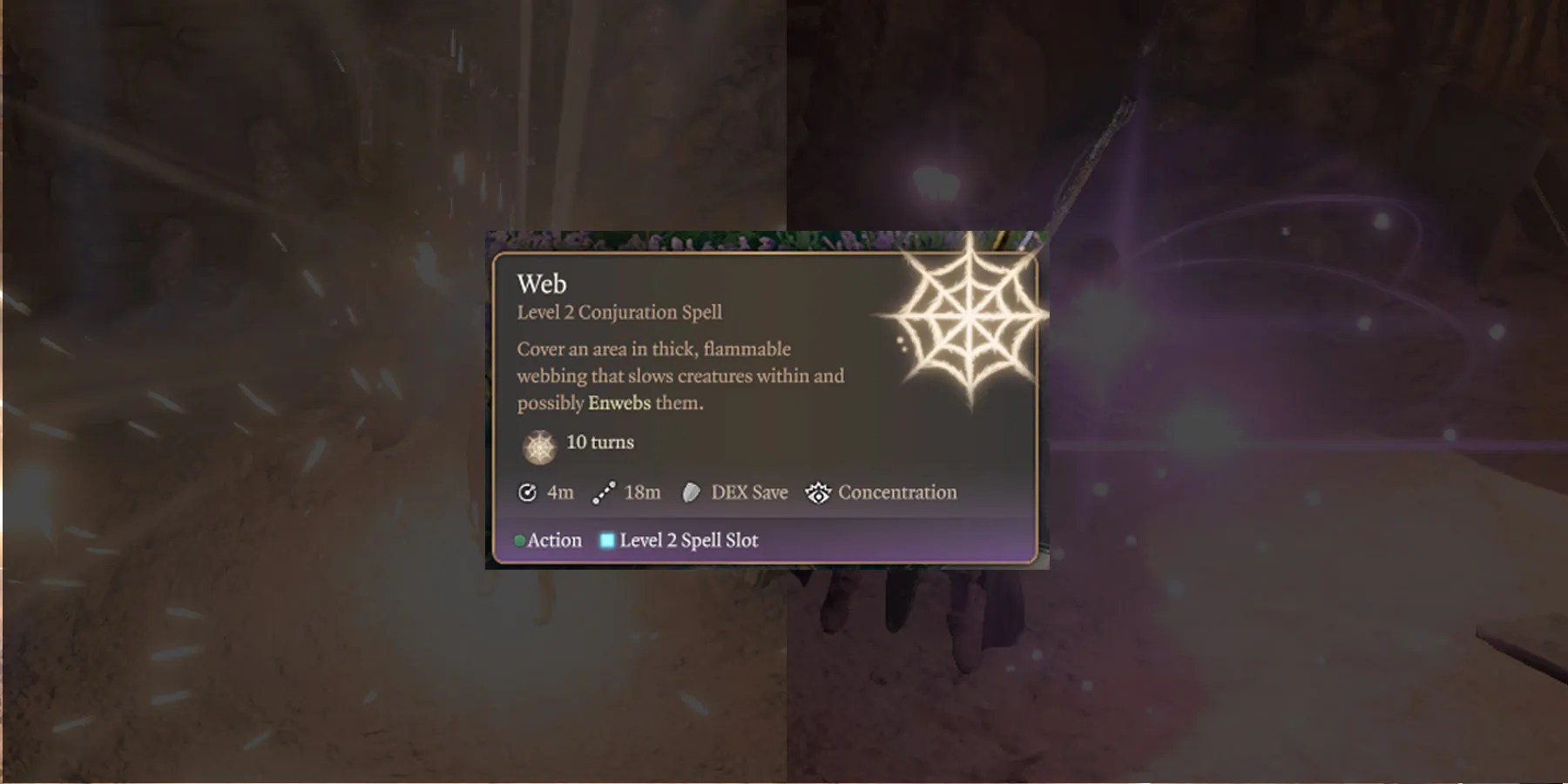
4Hunger Of Hadar (3rd-Level)
Known as the Dark Hunger, Hadar is an Elder Evil who left the unknown reaches of the Far Realm and resides as a star in Realmspace, allowing Warlocks to access its incomprehensible power to meet their needs. This manifests inHunger of Hadar, one of the more powerful crowd control spells in a spellcaster’s arsenal inBaldur’s Gate 3.
RELATED:Baldur’s Gate 3: Best Origin Characters For 1st Playthroughs, Ranked
Whenthis higher-level spellis used, players create a black sphere with unknown horrors. For 10 turns, creatures inside the sphere must make a DEX Save or take as much as 2d6 Cold Damage at the start of their turn and an additional 2d6 Acid Damage when they end in the space. The sphere is classified as difficult terrain, while all creatures are immediately Blinded.
3Cloudkill (5th-Level)
It’s one thing to create a deadly surface inBaldur’s Gate 3gameplay, and it’s a whole other power to be able to manipulate its position. This is the benefit ofCloudkill, perhaps the ultimate iteration ofStinking Cloud(3rd-Level) that acts as a maneuverable lethal surface.
When cast, players create a large cloud that can hit its occupants with 5d8 Poison Damage should they fail a Wisdom Save. Not only that, but players can move the cloud every turn, ensuring that they can always reposition this poisonous gastoward their targeted opponentswho try to run away.
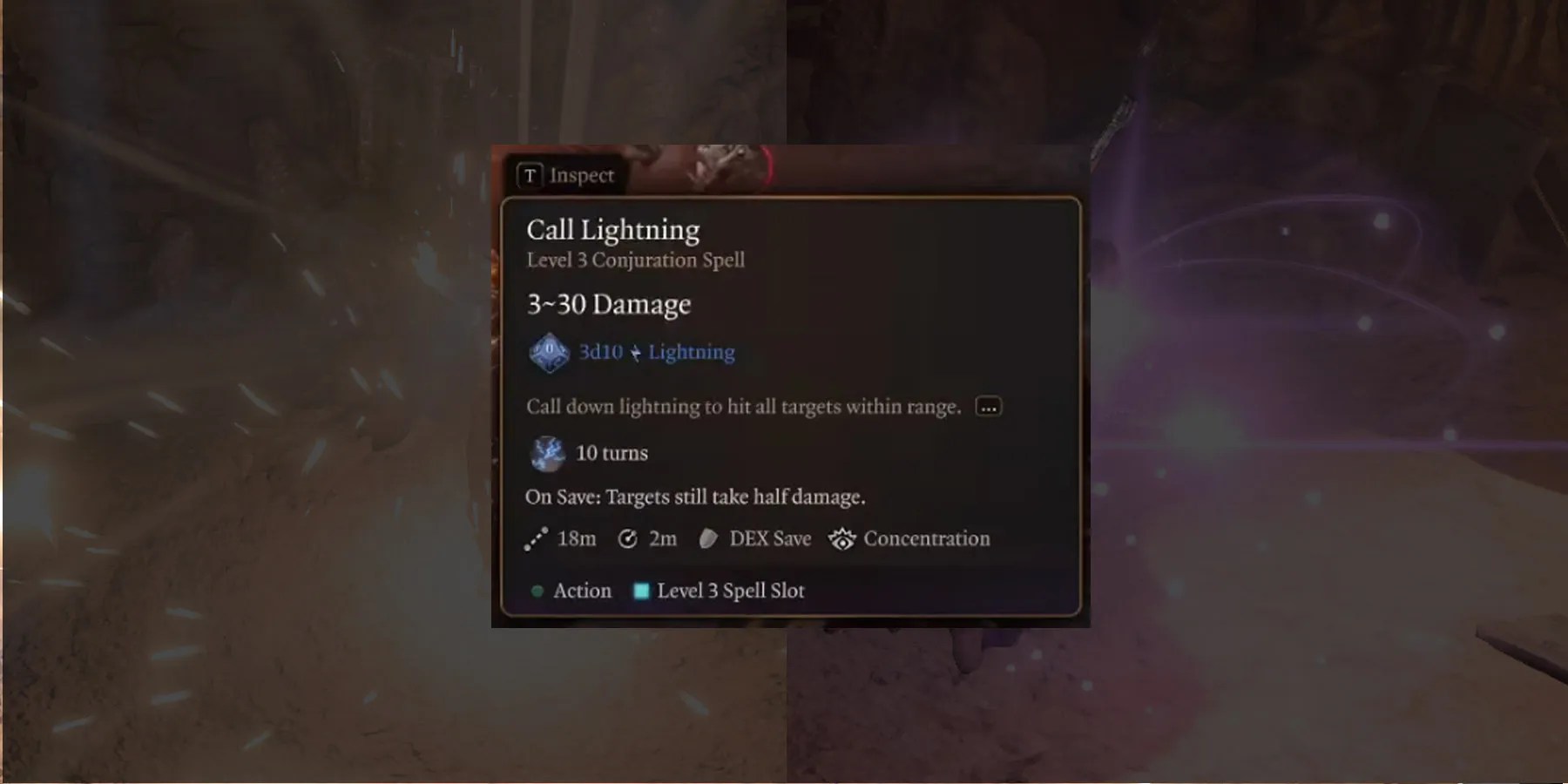
2Misty Step (2nd-Level)
Mobility determines survival in an RPG likeBaldur’s Gate 3where players are almost always outnumbered, especially when a surrounded character is as good as dead without the proper backup. WithMisty Step, fragile spellcasters have an out in sticky situations, as this 2nd-Level spell only costs a Bonus Action.
Theoretically, players can Misty Steptheir way out of a disadvantageous position, gaining distance or even higher ground before dishing out a spell of their own. Despite the costly 2nd-Level Spell Slot price, Misty Step is a must-have safety net, especially should spellcasters find the need to disengage or make a full retreat.
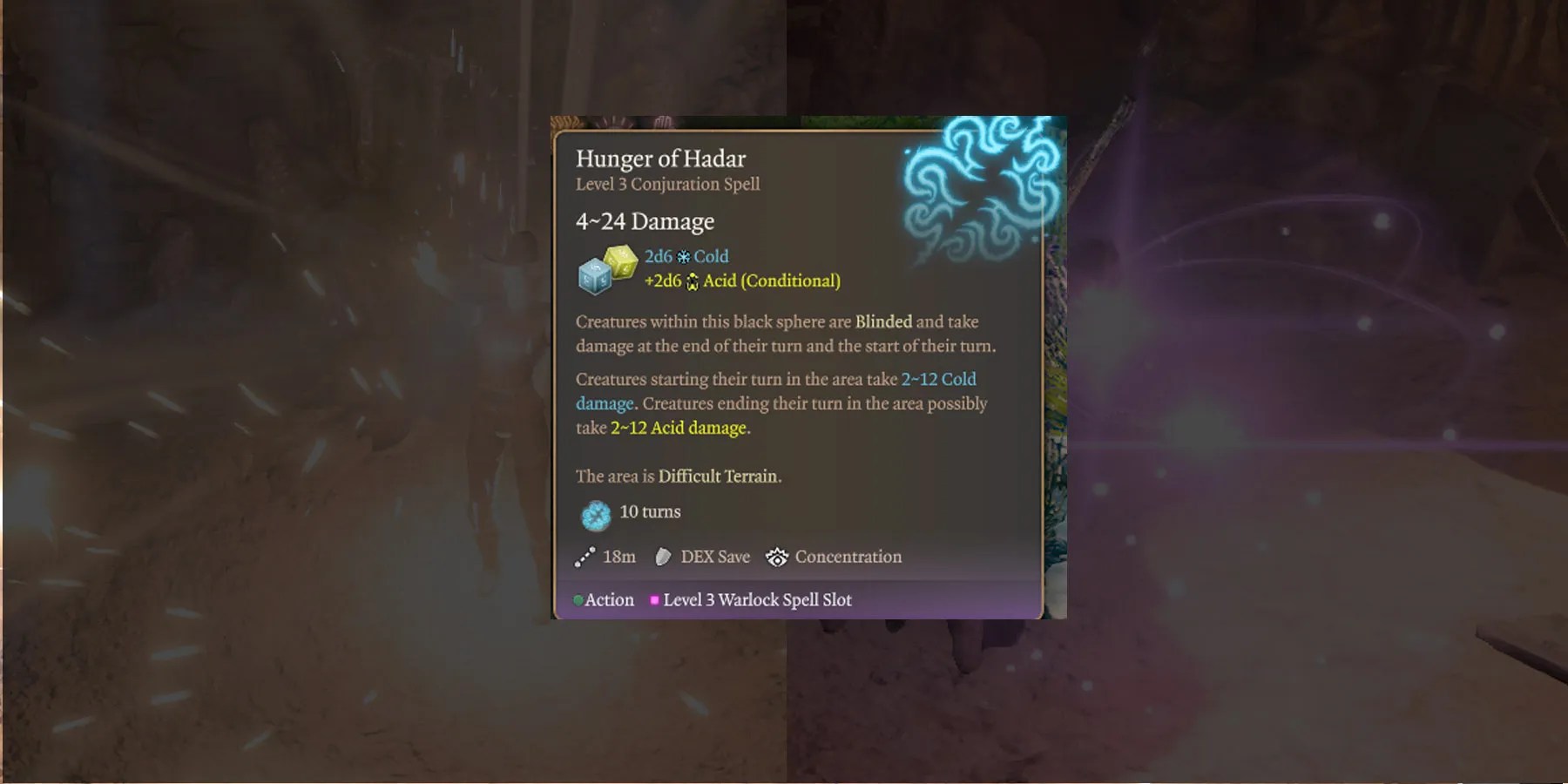
1Mage Hand (Cantrip)
Players enjoying theirD&Dsessions know thatMage Handis a must-have spell in a spellcaster’s repertoire, primarily since this nifty spectral hand can interact and use objects around them. This spell also performs similarly inBaldur’s Gate 3gameplay, allowing players to tinker with things at a distance or throw items around without other NPCs noticing them.
With the spell’s 18-meter radius and 10-turn duration, Mage Hand can do wonders for players who need an extra hand (no pun intended) for exploration and combat. While the Mage Hand can’t directly attack opponents, Mage Hand can throw potions and even jars containing liquids that create dippable or damaging surfaces. These perks make Mage Handa must-have in a spellcaster’s arsenal, as no one can ever know when they might need a magical manipulator.
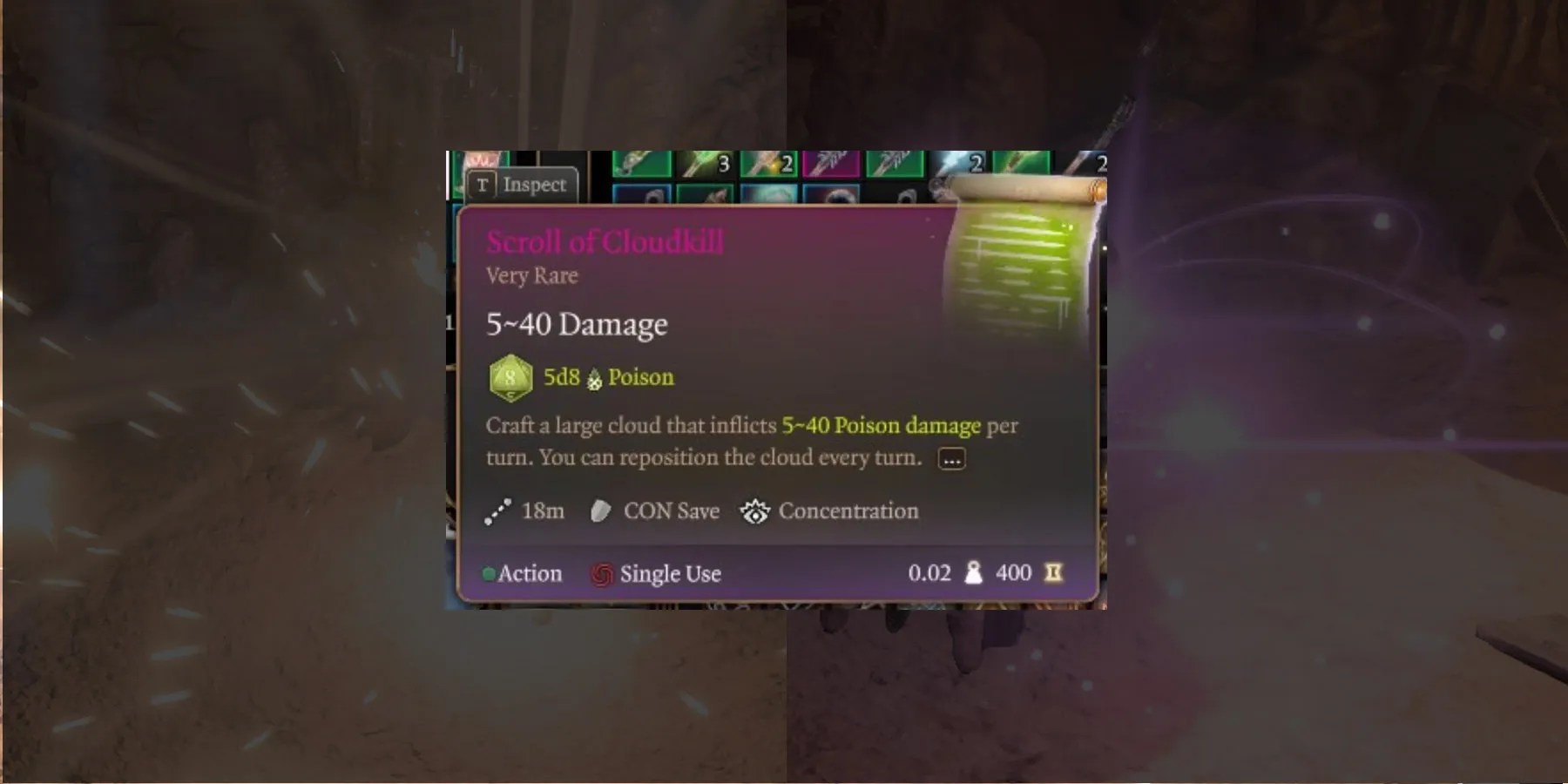
Baldur’s Gate 3is currently available on PC with a MacOS and PS5 release slated for June 21, 2025.
MORE:Baldur’s Gate 3: Quality Of Life Changes The Game Still Needs
